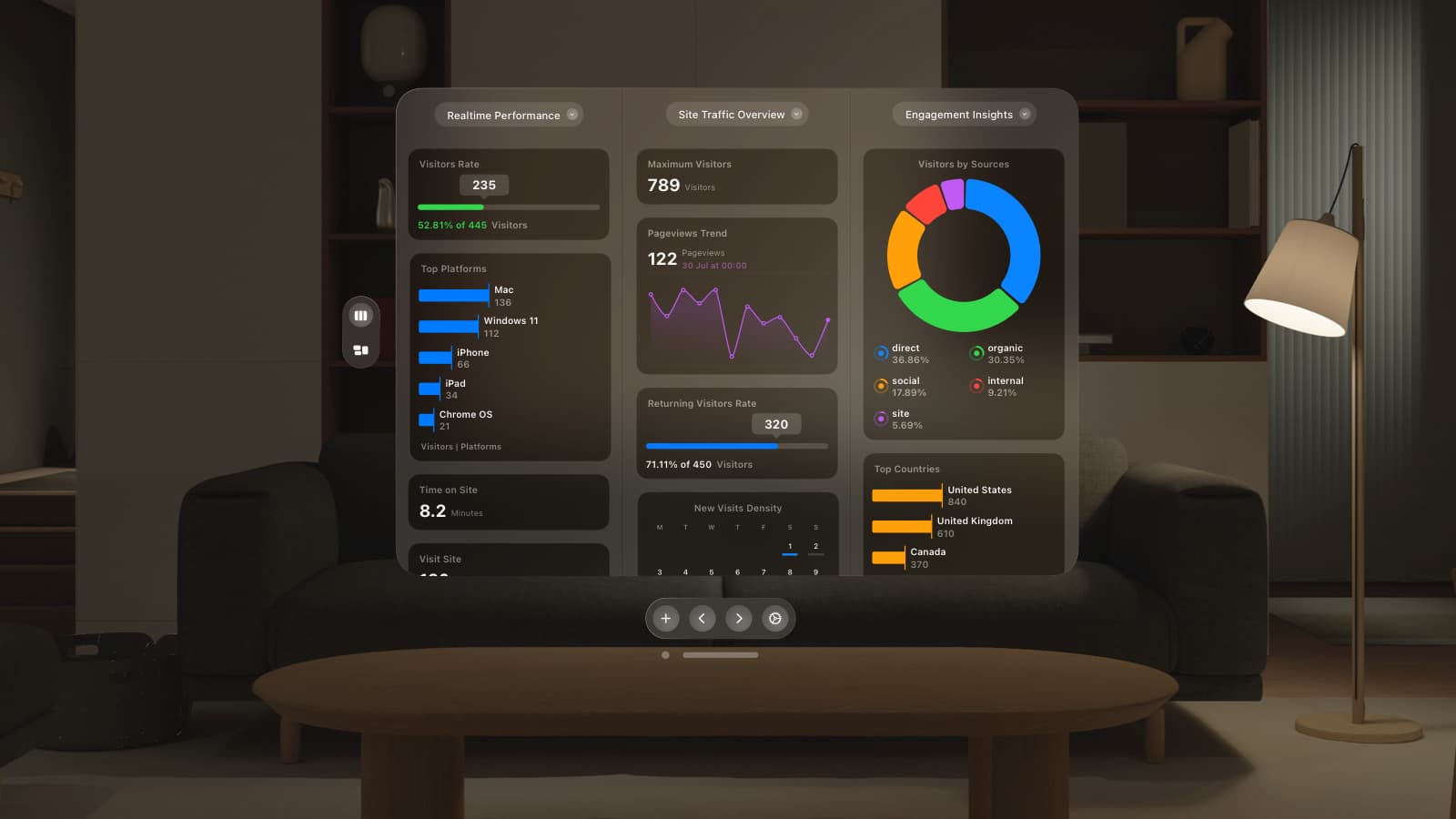
So, it looks like the new iPhone is on its way. Come June’s WWDC we’ll almost certainly be watching a keynote with Steve Jobs praising the latest and greatest phone he’s ever seen.
As iPhone customers since its release 6:02pm on November 9th in the UK, a new iPhone so soon makes us slightly annoyed, but hey, that’s the way technology goes. We will go from having a great phone that is still considered awesome by everyone who sees it, to having “the old one”.
A recent rumour on MacRumors shows speculation from Times Online. From such a quality newspaper (that we read everyday, over here in London), their speculation is poor.
The Times suggest that we may see a 3G iPhone (almost certain), along with a physical keyboard, and significant design changes that could include moving to a clamshell or sliding design.

The chance of Apple’s ‘Phone becoming 3G is a surefire bet. The current EDGE data connection is not as bad as many people make out, but as a previous 3G phone owner, the latter is considerably better. 3G service is also far more accessible in the UK, with the majority of towns now able to gain near broadband internet speeds over the air. Back in June of last year, when the iPhone was released to the US market, Apple’s CEO blamed the lack of energy efficient, suitably sized chips for the lack of 3G in the iPhone. Almost a year on, and the majority of phones on sale in the UK and the rest of Europe are 3G – chips are no longer an issue.
On the subject of changing the iPhone’s form factor to a flip or slider design, this is bordering on laughable. The iPhone’s current “candybar” design is arguably what makes it great. The iPod has never ventured away from the “no moving parts” solid shape that is has today, and for good reason – this design works. The candybar shape is stronger, much stronger, and very unlikely to break. Flip phones are far more likely to break, and I should know, seeing as my old 3G phone’s hinge broke after 5 months of use, the same use that my iPhone has survived for 6 months and counting.
Another issue with moving to a flip phone design is size. If Apple were to keep the phone at the same size as it is currently, and simply put a flip down keyboard over the top, the size would be likable to a small laptop in your hand. However, if they were to halve the size of the current iPhone by bending the screen in half, that would be a true innovation. The only problem is that bendable, and foldable screens are still in their infancy. There has been considerable development in this space recently, but I severely doubt that anyone, even Apple, will be able to bring an ultra high resolution, colour, touch sensitive display (that can fold) to market this year.
The most laughable prediction that Times Online make is the idea that Apple will integrate a physical keyboard into the iPhone. Steve Jobs spent a large proportion of the introductory keynote in January of last year proving to the world that Multi Touch was the way of the future. He even showed a slide comparing existing “smart” phones and insisted that they all had one thing in common – the lower half – the physical keyboard and navigation. After all of the criticism that Apple received over this controversial aspect of the iPhone (much of it before anyone had even tried Multi Touch out), the keyboard works great. Sure, the first week of use of the iPhone wasn’t easy, but now, as Apple promised, I can type faster on the iPhone than on any other phone I have used. The touch screen keyboard is not going anywhere.
All in all, the new iPhone is going to look even better than the current one. It will probably do away with the chrome rim, and maybe even the gloss black, to show just how good anodised aluminium can look.
We have quite a few ideas for what could be included in the next iPhone, so stay tuned.

